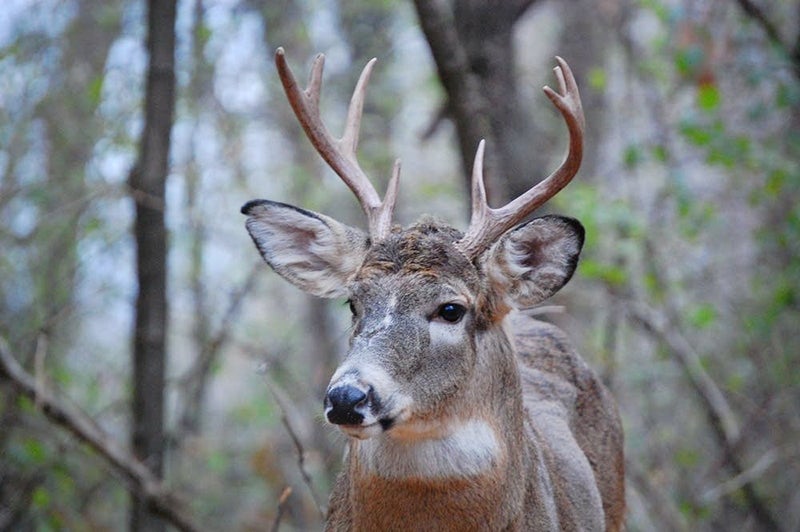University of Minnesota to collaborate with tribal groups in first-of-its-kind CWD plan
Published 6:01 am Monday, October 30, 2023

- Tim Post/For MPR News
|
Getting your Trinity Audio player ready...
|
By Matthew Holding Eagle III, Minnesota Public Radio News
The University of Minnesota will collaborate with tribal communities from across the state to slow the spread of chronic wasting disease. The initiative will be one of the first tribal CWD management plans in the U.S.
“We have not identified that any tribes have that kind of a management plan in place,” U of M veterinary assistant professor Tiffany Wolf said. “And so, we are now working with Red Lake Band of Chippewa Indians Department of Natural Resources, Leech Lake Band of Ojibwe Division of Resource Management and White Earth Department of Natural Resources to develop some community informed plans on how to respond to CWD.”
CWD is a fast-spreading neurological disease found in deer, elk and moose. It is caused by malformed proteins called prions. Once an animal is infected with CWD it is always fatal.
As of June, CWD has been found in 11 counties in Minnesota. It’s been reported 31 positive cases have also been identified across the country and other locations around the globe.
According to Wolf, the U of M has been working with Minnesota tribes and tribal natural resource agencies to establish a CWD surveillance network since 2010. The network now includes nine tribes in the state and other Indigenous communities in Wisconsin and Michigan.
“We have not detected CWD in any tribal hunter harvested deer. But as we know, in Minnesota, CWD is popping up in new places,” Wolf said. “So tribal natural resource agencies are thinking about how they should prepare should we find ourselves this next year or beyond having identified CWD in a tribal harvested sample.”
The project was funded by the Environment and Natural Resources Trust Fund. It could begin as early as the 2024 season.
“I’m just really excited about what we’re doing with our tribal nations here in the Midwest,” Wolf said. “It’s exciting to see their level of engagement in trying to manage this disease on our landscape and I’m very honored to be a part of it.”




